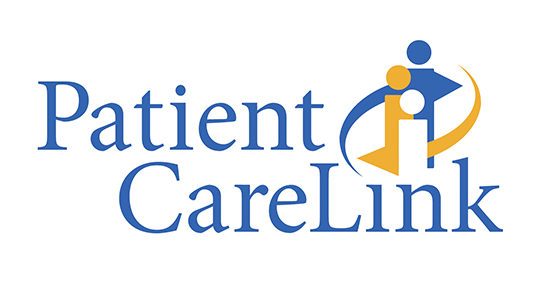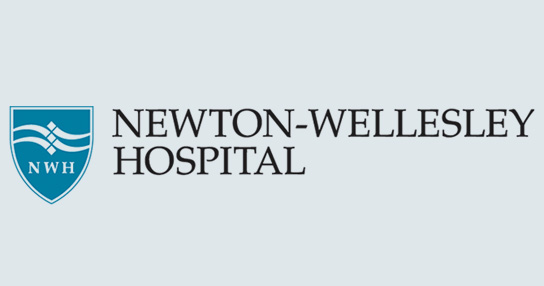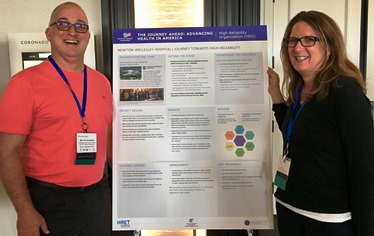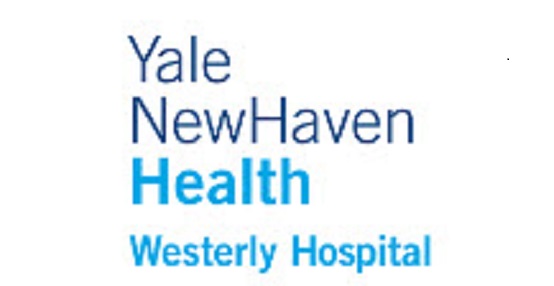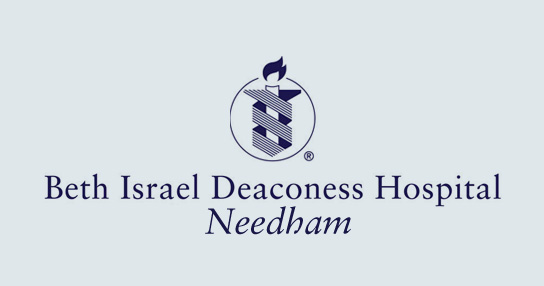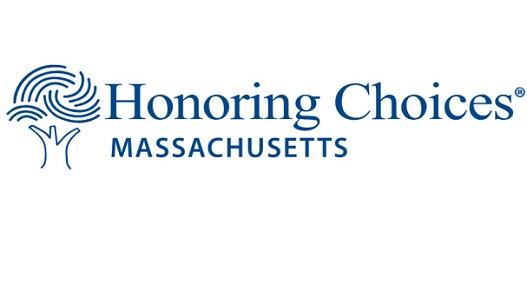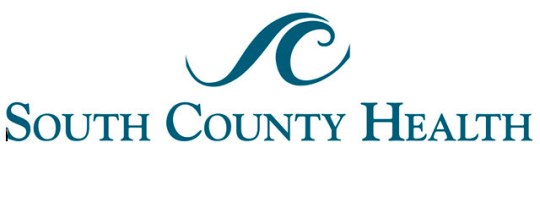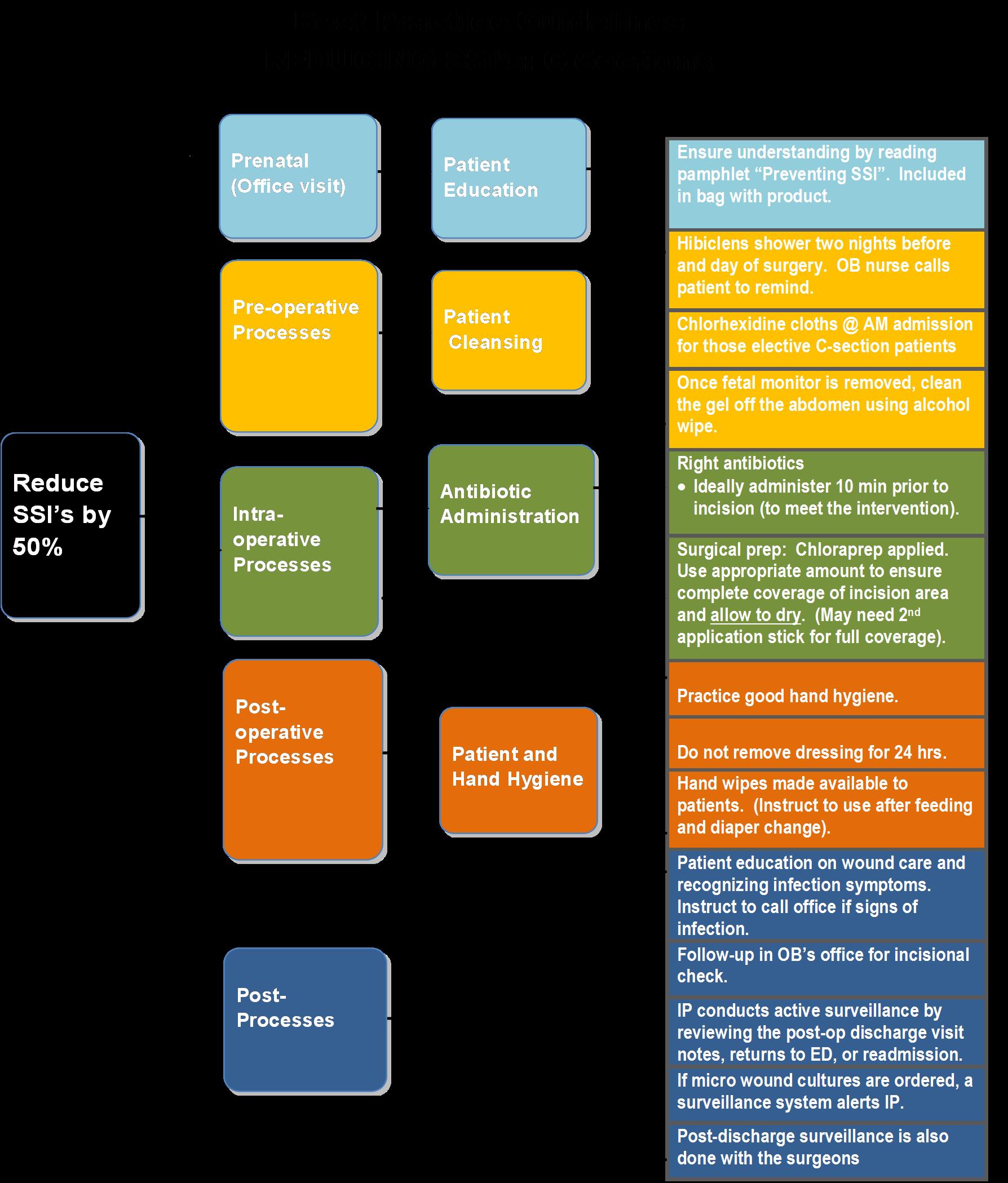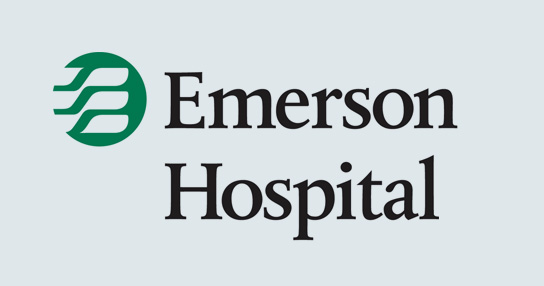Leadership rounding at the bedside – the process where nurse leaders, administrators, and others talk directly with staff and patients about care and services – is a best practice in most hospitals, yet it comes with many challenges. It can be time consuming and difficult to standardize. When rounding is done using a pen and paper, how can care teams compile trend data in the department and across the hospital?
Emerson’s care teams wanted to identify a better way to support an excellent patient experience in real time and to track feedback from patients and their families to identify trends. The Emerson team conducted research and discovered CipherHealth’s Orchid rounding tool – an iPad app loaded with best practice questions that supports a structured and real-time approach to rounding at patients’ bedsides.
While nurses regularly check patients’ health and vital signs, nurse leaders are now able to enhance the overall patient experience by obtaining and recording information from patients’ about their entire stay in real time.
“We continually seek opportunities to improve our holistic approach of caring for patients,” said Christine Schuster, president and CEO of Emerson. “When done well, the overall experience patients have at Emerson helps them recover faster and be discharged sooner. Everyone — our patients and our staff caring for patients — benefits from the tool.”
Gaining immediate feedback from patients and their families has allowed Emerson’s teams to make a rapid impact and improve the overall experiences of patients, while they are still in the hospital. In just six months using the tool, Emerson has already seen strong results in positive patient experiences nearly across the board. Its recent HCAHPS score for, “Would you recommend the hospital?” increased nearly three percentage points over last quarter. For “Responsiveness of hospital staff,” its HCAHPS score increased more than four percentage points over last quarter.
Nurse Managers, iPads and Best Practices
In July 2015, Emerson leadership decided to pilot the bedside rounding tool in its medical surgical units. With a grant from the Auxiliary of Emerson Hospital, nurse managers were given iPads loaded with the Orchid tool. Modeled on those used routinely in the hotel and hospitality industry, the tool has best-practice questions, including those about cleanliness of the environment, noise, use of care boards, quality of the food, and pain management, among others.
As nurse managers round on each patient in their rooms and enter information into the app, data is captured and uploaded to a secure database. From the database Emerson creates reports that reflect overall and department trends, response times for service recovery, and executive reports that allow the team to monitor the frequency of rounding by department. In just a few short months Emerson nurse managers have completed nearly 2,000 rounds.
“I can see how many rounds each nurse manager has completed that day. We share the information with our nurse manager team and it creates some healthy competition among the group,” explains Justine DeFronzo, MBA, BSN, RN, associate chief nursing officer at Emerson. “Each of our units wants to be the one to have done the most rounding on patients. But it is not just about quantity – we are really using the app to measure quality of patient care.”
Rapid Service Recovery
Emerson identified key leaders from dietary, environmental services and patient advocacy departments. Observations and patient responses are recorded in the app and any response that requires follow-up is immediately sent to the appropriate department leader who visits the patient to perform service recovery and make any necessary adjustments to address the concerns. If a patient has a more complex concern, the patient advocate responds immediately and works with the patient and teams involved to address it in real time.
During rounds on one of Emerson’s medical surgical units, the nurse manager discovered that a diabetic patient who follows a very strict cultural diet was waiting for his family to prepare and deliver his meals. As a result, his blood sugars were not regulated and his family was feeling the stress of having to prepare his meals. When the nurse asked this patient about his satisfaction with the food, he revealed that he was not eating the hospital-prepared meals due to his cultural diet. Via the app, the nurse manager alerted the director of dietary services who immediately came to the patient’s room to follow up. The situation was remedied and a culturally appropriate diet was ordered for the patient. The patient’s dietary schedule was back on track, his blood sugars normalized, and the family was relieved.
Another patient was asked by a nurse leader during the rounding: “Is there anything about your room that needs attention?” The patient responded that the floors in her room felt sticky even after being washed. The nurse leader used the rounding tool to send an alert to the manager of housekeeping. Within minutes, he came to the patient’s room, spoke to the patient, examined the floors and determined that the cleaning solution was not mixed properly. The issue was corrected within an hour throughout the hospital.
“When a patient is having a service issue, they don’t have to wait for it to be resolved,” explains Pat Wheeler, RN, MBA, Emerson’s senior director, quality and patient safety. “Once it is corrected, the manager shares the experience with the team so the issue can be prevented in the future.”
Just-in-Time Training and Increased Morale
As nurse managers round and they come across opportunities for improvement, they share the feedback immediately with their staff and work through solutions. A good example of this has to do with care boards – the whiteboards that all patients have in their room that display personalized information about their care. The boards are a best practice for effective communication.
Using the tool, data revealed that care boards were often incomplete; clinicians’ names and goals for the day were not always updated. Nurse managers worked with their teams to reinforce the importance of updated care boards. Compliance with care board use is now 100%, up significantly from 22% just six months’ ago.
The question in the app, “Is there someone you would like me to say thank you to for providing exceptional service during your stay?” frequently generates a positive response from patients. “When my nurses see positive patient feedback, it gives them a tremendous feeling,” said Maria Balboni, RN, nurse manager. “The positive feedback in real time is always much appreciated by the staff. It is a great motivator to always go further for our patients.”
Understanding Root Causes and Making Positive Change
As Emerson recognizes trends in the data – such as patients’ concerns about noise in the hospital increasing at certain times – the team can add questions to the app to understand the root cause of the problem. Emerson discovered that food delivery carts created an increase in noise during some key rest times. Working with the nutrition department, the team was able to schedule some food carts at different times, which helped reduce noise and enable patients to rest easier.
Tool Benefits Patients and Process Improvements Throughout Hospital
Based on the success of Emerson’s first six months using the app with nurse leaders, the hospital is planning to use it for executive rounding. “Imagine our CEO or CFO coming into a patient’s room to find out how their stay is. That is the level of care we strive to give to each of our patients. Our executives are looking forward to using it to engage with patients, get a pulse on their experience, see first-hand how service recovery works at Emerson, and help establish new processes based on trend reports to further improve on patient satisfaction,” explains Joyce Welsh, RN, MS, Emerson’s vice president for patient care services and CNO.


